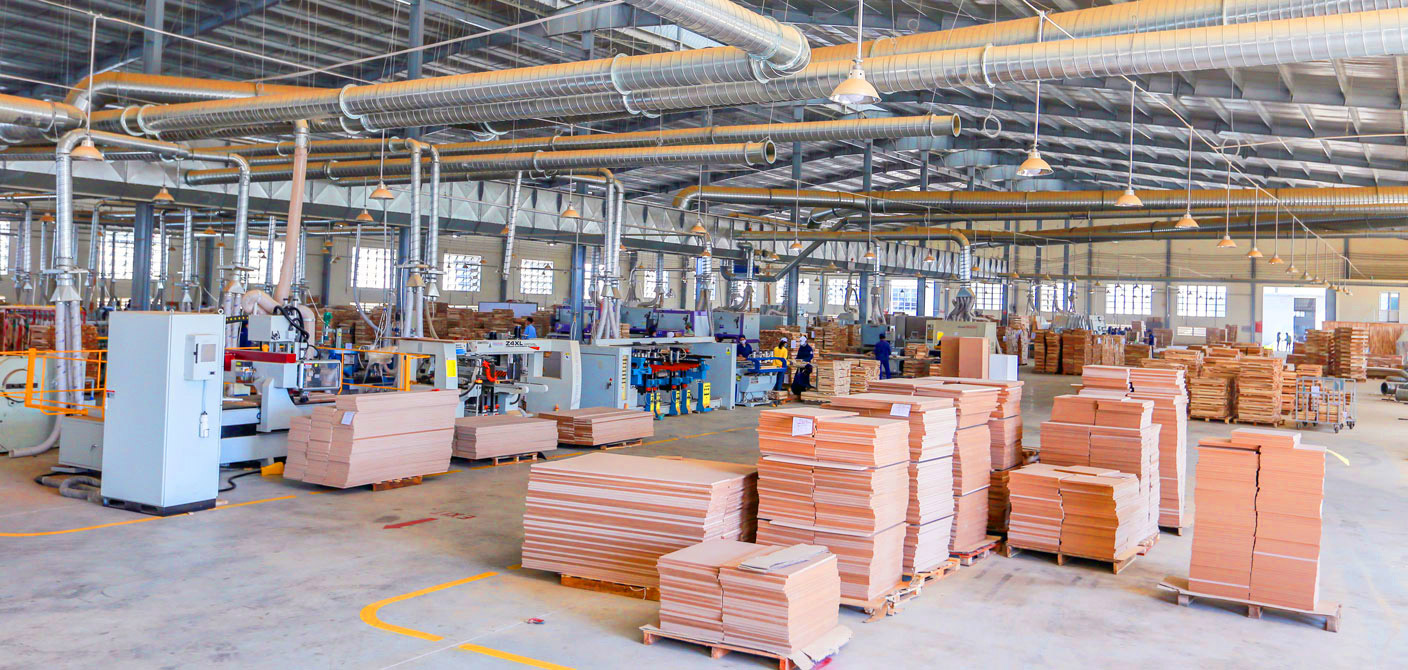PTB faces headwinds
The business activities of Phu Tai Joint Stock Company (HoSE: PTB), one of the enterprises immediately impacted by the uncertainty surrounding U.S. tariff policy, are anticipated to confront substantial hurdles in the future.

Strong Profit Growth
PTB recorded a robust 27% increase in net profit for Q1 2025, reaching its highest quarterly profit in the past 10 quarters. However, the growth in profit came largely from non-core business segments, which outpaced the performance of its core operations.
PTB recently released its consolidated financial statements for Q1 2025, showing positive results. Net revenue reached over VND 1,620 billion, up nearly 13% year-on-year. In Q1 2025, the wood segment continued to dominate with nearly VND 1,022 billion in revenue, accounting for 64% of PTB’s total revenue, a 13% increase from the same period last year. Revenue from the stone segment hit VND 382 billion, making up 24% of total revenue. However, the highest growth was seen in two smaller segments: sold real estate (up 178%) and Toyota automobiles (up 48%).
Selling and administrative expenses rose, while financial costs fell by 20%. As a result, PTB posted a net profit of more than VND 113 billion, up 27%—its highest quarterly profit since Q3 2022.
The company noted that the profit surge was primarily due to increased sales volume across three sectors: wood, real estate, and automobiles. Additionally, favorable exchange rate differences and lower financial costs contributed to improved revenue and profitability.
For 2025, PTB targets consolidated revenue of VND 7,343 billion (up 10%) and pre-tax profit of VND 528 billion (up 12%). By the end of Q1, the company had achieved 22% of its revenue target and 27% of its profit goal.
As of March 31, 2025, PTB’s total assets slightly declined by 2% to VND 5,362 billion. Inventories accounted for 26% of total assets, equivalent to VND 1,406 billion. Total liabilities dropped 7% to VND 2,284 billion, mainly due to reduced short-term borrowings.
Stone Segment Hit by Export Pressures
PTB’s stone segment is expected to continue facing a downturn due to its reliance on export markets. Quartz stone products, primarily for export, are under competitive pressure from the new U.S. tariffs. Meanwhile, PTB’s natural stone sales are mostly domestic, with revenue expected to stem from public investment disbursements and a recovery in the real estate market during 2025–2026.
PTB has increased the capacity of its Dong Nai Quartz Plant from 200,000 tons/year to 450,000 tons/year to meet customer demand. Additionally, the company plans to participate in tenders to supply stone for infrastructure projects, such as granite or marble for Tan Son Nhat Airport and paving stones for Long Thanh Airport.
Currently, PTB holds contracts to supply stone for two major projects. For the Terminal T2 at Noi Bai Airport, PTB expects to record approximately VND 40 billion in revenue upon completion in 2025. For the Long Thanh Airport project, the company expects to begin recognizing revenue of around VND 170 billion in 2026.
Challenges in the Wood Segment
PTB is a major exporter, with nearly 40% of its revenue coming from the U.S. market, ranking among the top HoSE-listed companies in terms of wood exports to the U.S. In 2024 alone, wood exports accounted for 66% of PTB’s total revenue. Therefore, any developments in U.S. trade policy are likely to impact PTB’s revenue and profits going forward.
Due to U.S. tariff uncertainties—where PTB is one of the directly affected companies—MBS (MB Securities) assesses that PTB’s operations will continue facing challenges in 2025–2026, especially in its core business of wood exports.
However, Vietnam has taken proactive steps to reduce its trade surplus with the U.S. MBS believes this may enable Vietnam to negotiate a tariff rate reduction to around 15–20%. That said, Vietnam's key competitors in wood and wood product exports—Canada, Mexico, Italy, Indonesia, and Malaysia—are taking similar steps. Based on previous U.S. tariff decisions, these countries were subject to lower countervailing duties than Vietnam's 46%, due to their smaller trade surpluses with the U.S.
As a result, MBS assesses that Vietnam's wood products will face increased competitive pressure as rivals are subjected to lower tariffs. Additionally, U.S. inflation is expected to rise again, reducing consumer demand for non-essential goods, including wooden furniture. This will further contribute to a decline in Vietnam’s overall wood exports—and PTB’s specifically—during the 2025–2026 period.
Therefore, PTB’s wood segment revenue is forecast to decline by 3.6% to 9.6% in 2025–2026, which will directly impact the company’s overall revenue and profits once the tariff policies are officially enforced. This poses a significant challenge for Vietnam’s wood export sector in general, and PTB in particular.








